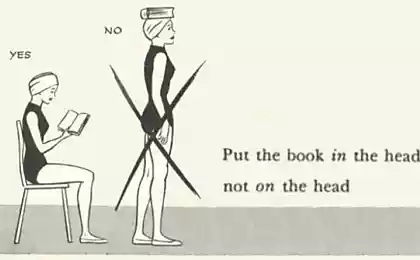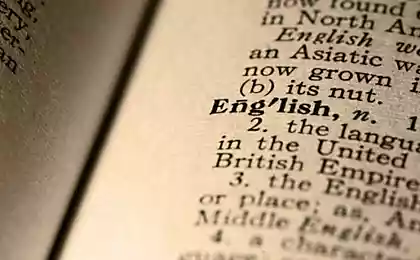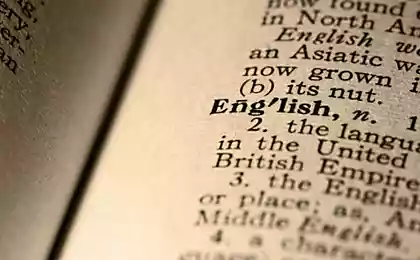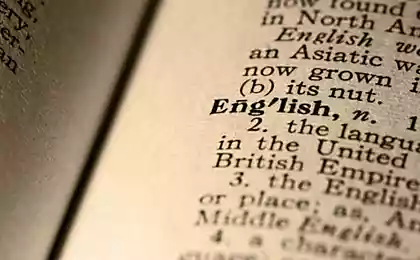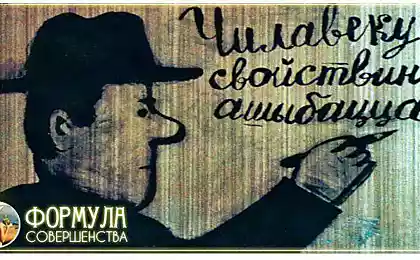374
10 iconic symbols whose meaning we misunderstood

These symbols have survived dozens of generations, and people have given them power and meaning for centuries. Sometimes over time, the meaning of the symbols changes – overgrown with associations and distorted beyond recognition. And maybe this one.
The beautiful pendant on your suspension carries an unexpected sacred meaning.
Website He looked into the history of the most famous symbols.

The cup with the snake is a symbol of Hygea, the ancient Greek goddess of health. In the name of this goddess came the term "hygiene".
The snake is a symbol of both immortality and death, because its poison can both kill and become a medicine. In the Middle Ages, the Hygea bowl was used as an emblem by pharmacists in the city of Padua in Italy, later the symbol became common among representatives of healing. But in some countries, the symbol of medicine is considered a caduceus - the staff of the god of trade Hermes with two snakes curling around.

Early references to the symbol date back to 4200 BC. Ouroboros was popular in religion, magic, alchemy, mythology and psychology.
It represents creation and destruction, the cycle of life and death. The symbol was borrowed from the Egyptians by the ancient Greeks to denote things that have no beginning and no end. With Uroboros in Chinese philosophy is associated monad yin and yang. In Gnosticism, it is both good and evil.

The symbol was widely used as early as 3,000 years BC. In India, it was called Anahata. Two multidirectional triangles – the masculine and feminine elements – represented the heart chakra.
Charles IV, Holy Roman Emperor, allowed the Jews of Prague in 1354.
have your own flag. The hexagram was named the flag of King David. During the Nazi regime, the yellow Star of David became a symbol of the Holocaust.
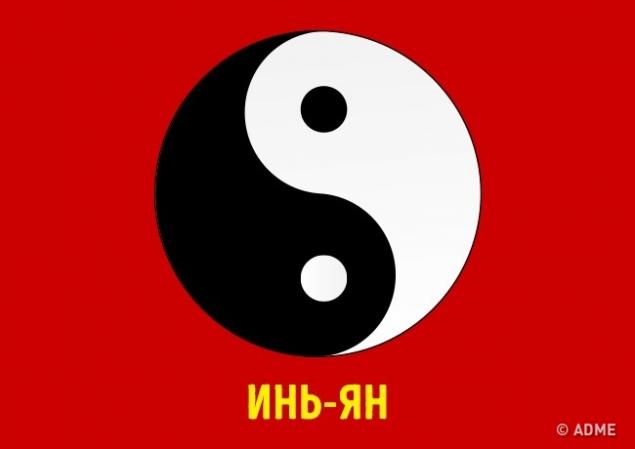
It is assumed that the symbol of yin-yang originally came from Buddhists in the I-III centuries. In China and Japan, yin-yang is considered a model of everything.
The original concept of “yin” is “shadow”, and “yang” is “the sunny slope of the mountain”. Yin and yang are described as a continuous interaction of contrasts. The polar forces complement each other, and each carries a piece of its opposite. Yin and yang are peaceful struggles in which final victory is impossible because there is no end.

Early images were created in 2000 BC. The symbol is found in Asia, the Middle East and Egypt. The wheel was an attribute of the sun gods and personified the cyclicity of life, rebirth and renewal. In Buddhism and Hinduism, the wheel symbolizes the cycle of Samsara, the flow of change, fate and time.
Later, the concept of “wheel of fortune” appeared – a symbol of the variability of fate. The spokes of the wheel of Fortune carried luck and failure, infinitely succeeding each other.
1904-1948
The first mention of the symbol dates back to 1300 AD.
The wind rose was the symbol of the guiding star and the amulet of sailors.
In the XVIII-XX centuries, tattoos with this talisman were popular: it was believed that it would help the sailor on the way and in returning home. Also, the wind rose was depicted on maps, symbolizing the cardinal directions.

The first images of the symbol date back to 8000 BC.
The swastika is a symbol of happiness, creation and abundance. In India, it symbolizes the sun and the beginning. Among the American Indians, it was the emblem of the sun god. In China, the swastika is a hieroglyph for the sun. In Buddhism, it is considered a symbol of perfection.
Since 1900, in English-speaking countries, the swastika has been popular on postcards as a "cross of happiness" consisting of "4 L": Light, Love, Life and Luck.
In the 1920s, the Nazis made it their symbol. In the 1940s, because of the analogy with Nazism in many countries, the image of the swastika was banned.

The symbol was born in 4000-3000 BC. The two-headed eagle of Gandaberund was first mentioned in ancient Hindu legends. The warrior god Vishnu became a double-headed eagle, showing fantastic power. Gandaberunda was a symbol of the principles of dharma, a set of norms for maintaining cosmic order.
In Buddhism, the double-headed eagle represented the power of the Buddha, in the Muslim world it was a symbol of the supreme power of the sultan. In Sumer, there was an image of the sun.
Gandaberunda was present on the coats of arms of many principalities and countries. He was portrayed in
coins of the Golden Horde, it was on the coat of arms of the Holy Roman Empire.
In Russia, the eagle appeared with the marriage of Ivan III to the niece of the Byzantine emperor Sophia Paleolog in 1472. It was a symbol of the Paleologian dynasty. The double-headed eagle depicted on the weapon was considered an amulet and a talisman that brought success in battle.

The symbol has existed since 3500 BC. It is found in Egypt, Greece, India, Byzantium and Sumer. The crescent represents rebirth and immortality.
It was revered by Christians as a sign of the Virgin Mary, in Asia as a sign of cosmic forces. In Hinduism, it represents mind control.
The crescent was a symbol of the Sassanid empire in Persia and was placed on crowns. In 651, after the Arab conquest, the crescent became a symbol of power in Western Asia. After the fall of Constantinople in 1453, the crescent finally became associated with Islam.

Early five-pointed stars date back to 3,500 BC.
The pentagram was considered a talisman from evil and dark forces. Ancient merchants
Babylon depicted a star on the doors to protect goods from theft and spoilage. Pythagoras considered it a mathematical perfection, since the pentagram contains the golden ratio. The stars were a symbol of intellectual omnipotence.
In early Christianity, the symbol of Jesus Christ was an inverted pentagram. But with the filing of Eliphas Levi, the inverted five-pointed star became the symbol of Satan.
See also.
7 famous symbols, the meaning of which we did not know
10 characters that are hidden in famous logos
15 famous logos, the hidden meaning of which we did not know
via www.adme.ru/tvorchestvo-dizajn/15-izvestnyh-vsemu-miru-logotipov-o-skrytom-smysle-kotoryh-my-ne-dogadyvalis-1014110/
10 examples of how you can adjust the silhouette of the clothing
12 yoga poses for two people who learn to trust each other

